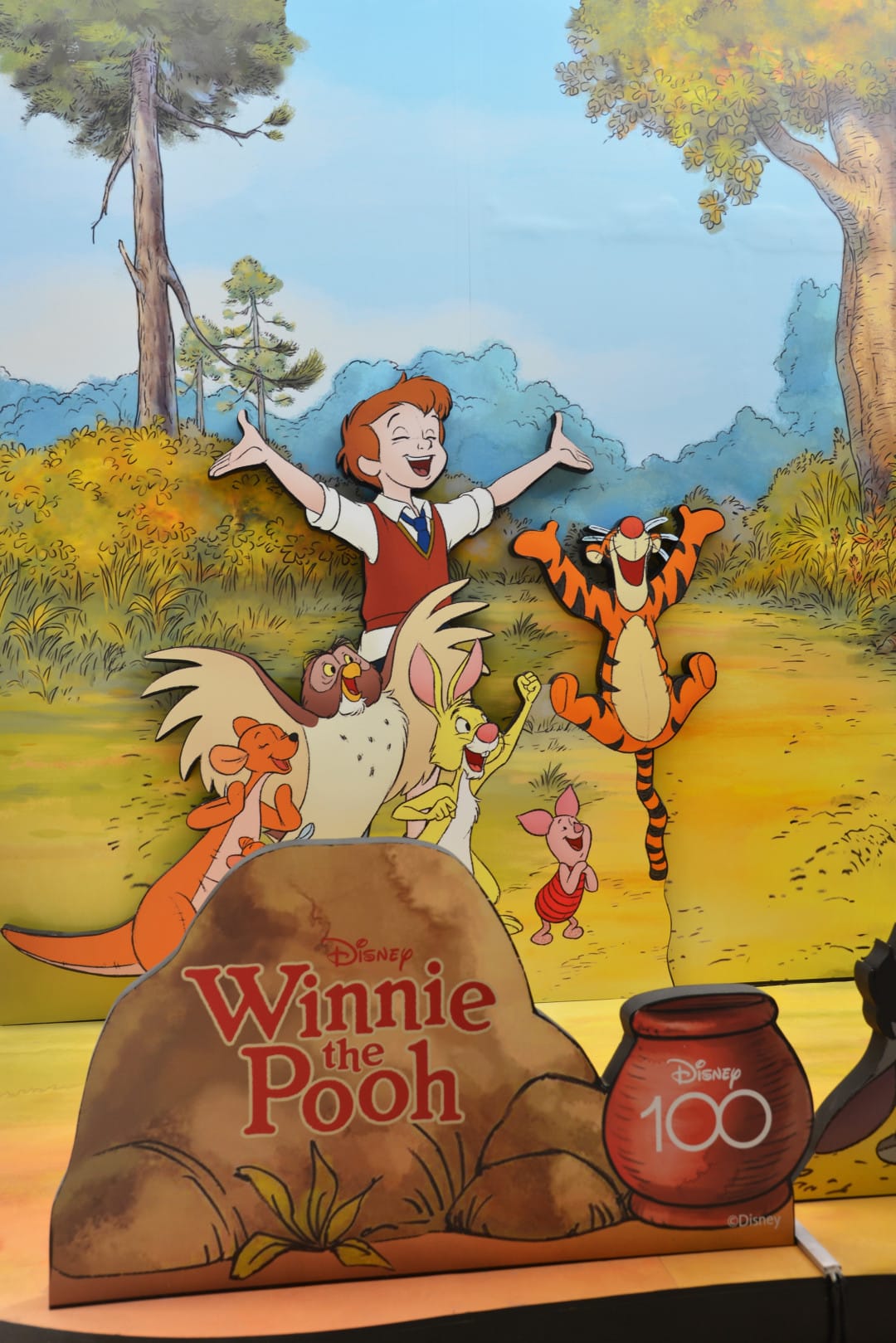Delve into the fascinating world of Pooh characters and mental disorders and explore the hypothetical psychological profiles of these beloved childhood icons. Then, test your understanding of natural selection with the interactive peppered moth game.
Winnie the Pooh characters, while beloved for their childlike charm, have become a lens through which to examine various mental health conditions, sparking both fascination and debate. From Pooh’s obsession with honey to Eeyore’s persistent gloom, each resident of the Hundred Acre Wood embodies recognizable behavioral patterns, raising questions about the relationship between personality traits and mental illness. While not officially endorsed by A.A. Milne’s original intent, the psychological interpretations of Winnie the Pooh characters offer a powerful tool for increasing awareness and understanding of mental health. The enduring popularity of the Winnie the Pooh psychological analysis underscores a societal need for accessible and relatable ways to discuss complex mental health issues.
Exploring Pooh’s Potential Psychological Traits
Could Pooh’s insatiable craving for honey suggest something more than just a sweet tooth? Some suggest it mirrors obsessive behaviors, much like someone with OCD experiencing a strong urge to perform rituals. His near-panic when honey is scarce and his “rumbly tummy” could even hint at an eating disorder, perhaps binge eating, though it’s likely a confluence of factors.
Piglet’s Anxieties: A Closer Look
Piglet’s timidity and constant worry paint a picture of generalized anxiety. He’s easily startled and finds comfort in his home. Some experts even theorize that his hypervigilance—always on the lookout for danger—could suggest Post-Traumatic Stress Disorder (PTSD). While it’s impossible to definitively say which Winnie-the-Pooh character has PTSD, Piglet’s behavior patterns raise intriguing questions. Could past trauma be influencing his anxieties?
Tigger’s Bounciness: Just Playful or Something More?
Tigger’s boundless energy, impulsivity, and difficulty focusing might remind some of Attention-Deficit/Hyperactivity Disorder (ADHD). While his exuberance is charming, is it masking underlying struggles? This isn’t to diagnose Tigger, but rather to explore the possibility and deepen our understanding of how ADHD can present.
Eeyore’s Gloom: A Glimpse into Depression?
Eeyore’s persistent sadness, low energy, and negativity resonate with classic symptoms of depression. His melancholy suggests a deeper, more pervasive sadness than just a passing blue mood. Eeyore offers a gentle, relatable way to understand how depression can color one’s outlook, even in a generally cheerful environment like the Hundred Acre Wood.
Rabbit, Owl, and the Search for Order and Validation
Rabbit’s meticulousness, obsession with order and control, and frustration with disruptions may suggest OCD. Could his strict routines be a way of managing underlying anxiety? Owl, with his pompous pronouncements and inflated sense of intellect, displays traits that could be interpreted as narcissism. Is his apparent need for admiration masking deeper insecurities?
The Power and Peril of Psychological Interpretation
These interpretations, while thought-provoking, should be approached with caution. They offer a framework for discussing mental health in an accessible way, especially for children, but it’s crucial to avoid diagnosing fictional characters. These are not clinical assessments.
| Character | Potential Condition(s) | Key Traits |
|---|---|---|
| Winnie-the-Pooh | OCD, ADHD, Binge Eating Disorder | Honey fixation, impulsivity, difficulty focusing, near-panic when honey is scarce |
| Piglet | Generalized Anxiety Disorder, PTSD | Timidity, hypervigilance, constant worry |
| Tigger | ADHD | Boundless energy, impulsivity, difficulty focusing |
| Eeyore | Depression | Persistent sadness, low energy, social withdrawal |
| Rabbit | OCD | Obsession with rules and control, frustration with disruptions |
| Owl | Narcissism, Dyslexia | Pomposity, overestimation of intelligence, need for admiration, difficulty with language |
| Kanga | Social Anxiety | Overprotective nature |
| Roo | Attachment Issues | Clinginess, separation anxiety |
This table summarizes the potential parallels between characters and conditions, serving as a starting point for further exploration.
The Broader Context: Why Pooh Resonates
The Winnie the Pooh phenomenon reflects our desire to understand complex issues through familiar narratives. It’s a testament to the power of storytelling to make sensitive topics more approachable.
However, this approach also carries risks. Some criticize these interpretations for potentially trivializing mental illness or misrepresenting A.A. Milne’s original intent. It’s important to acknowledge these concerns and maintain a balanced perspective. The value lies in using these interpretations responsibly, as tools for empathy and understanding, not as definitive diagnoses.
The ongoing research in psychology constantly evolves our understanding of mental health. The interpretations of Pooh and his friends are not fixed truths but part of a broader conversation. The beauty of these characters is that they invite us to think critically, to empathize, and to connect with each other through shared human experiences, even through the lens of fiction. They remind us that, just like Pooh and his friends, we all have our quirks, and that’s perfectly okay.
- Discover Long Black Pepper: Flavor & Health Benefits - April 25, 2025
- Shocking Twists: The Grownup Review: Unreliable Narration - April 25, 2025
- A Quiet Place Book vs Movie: A Deep Dive - April 25, 2025
















